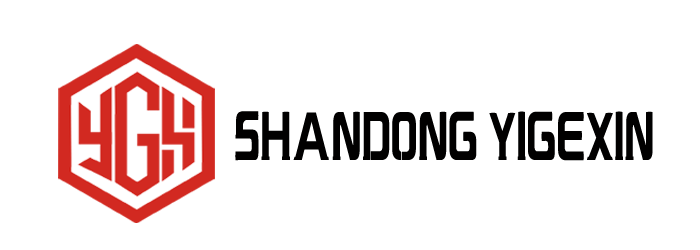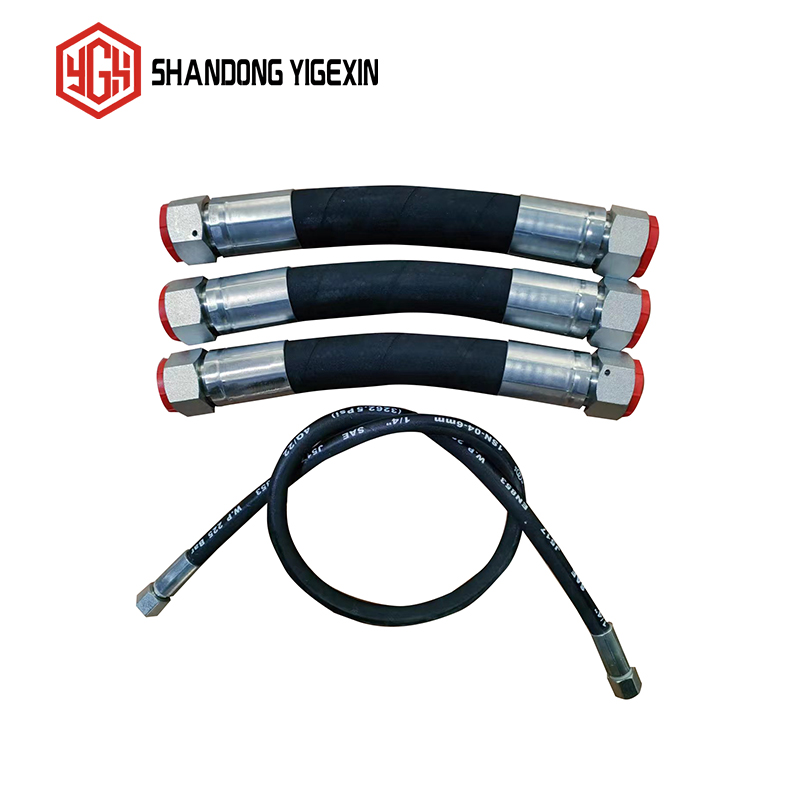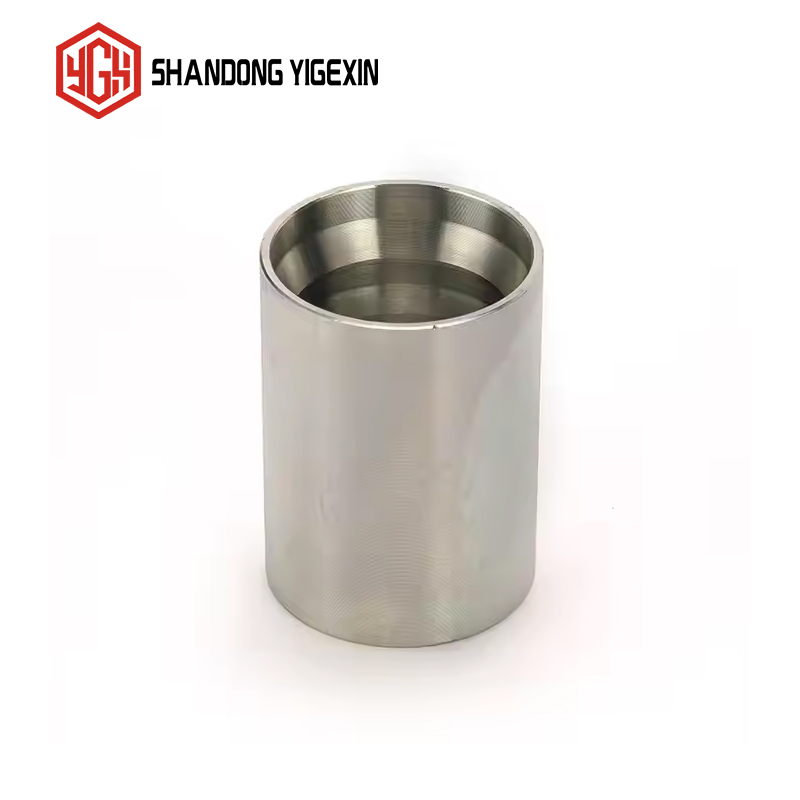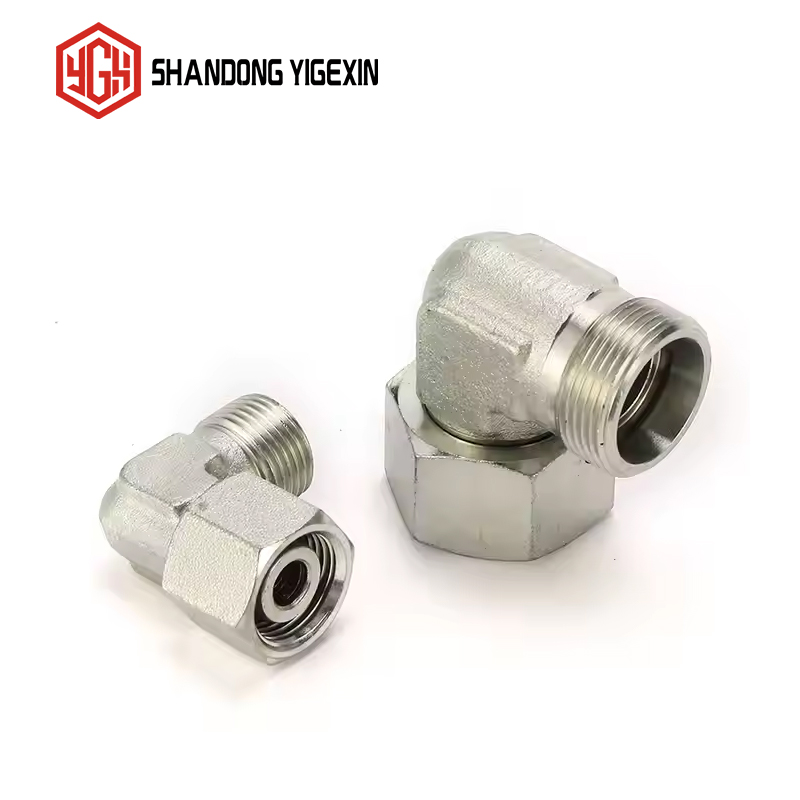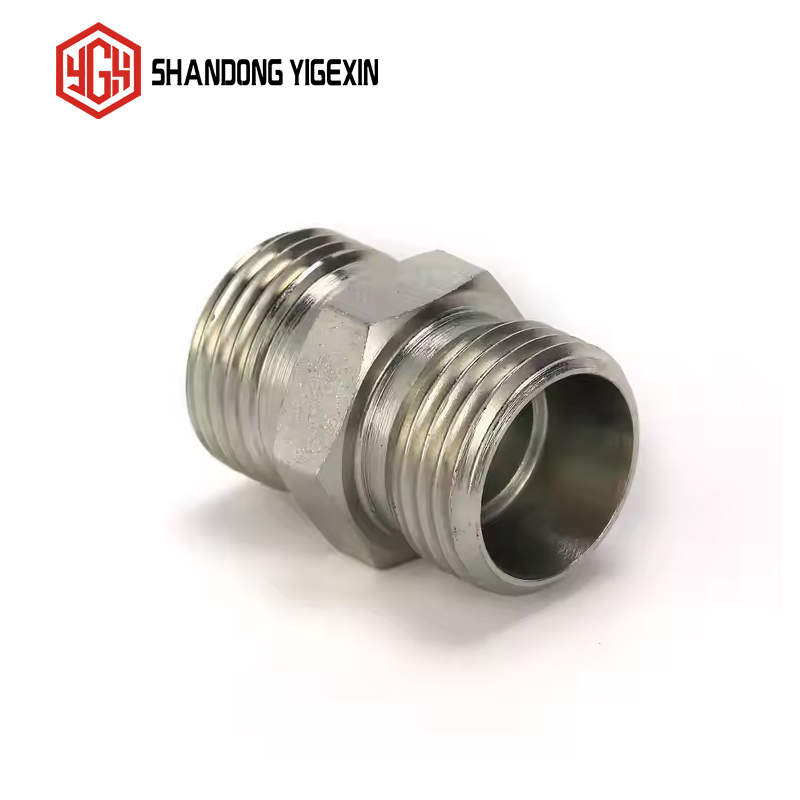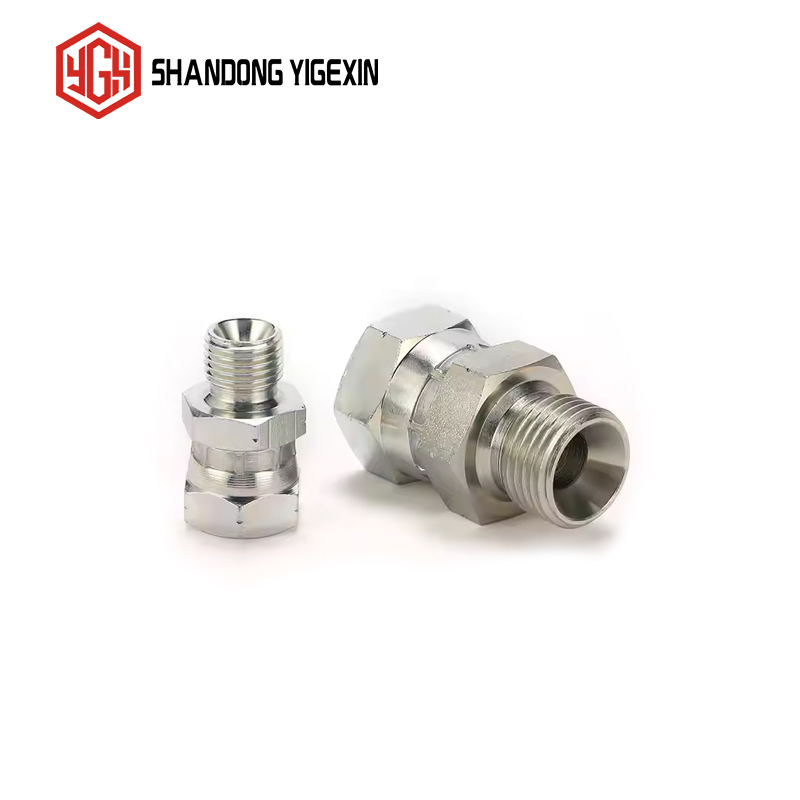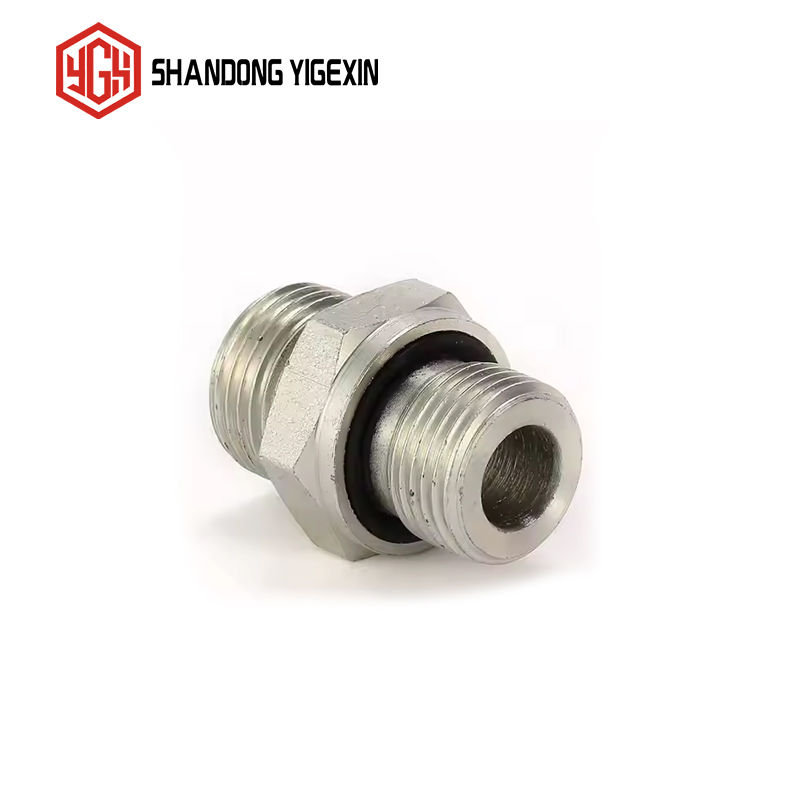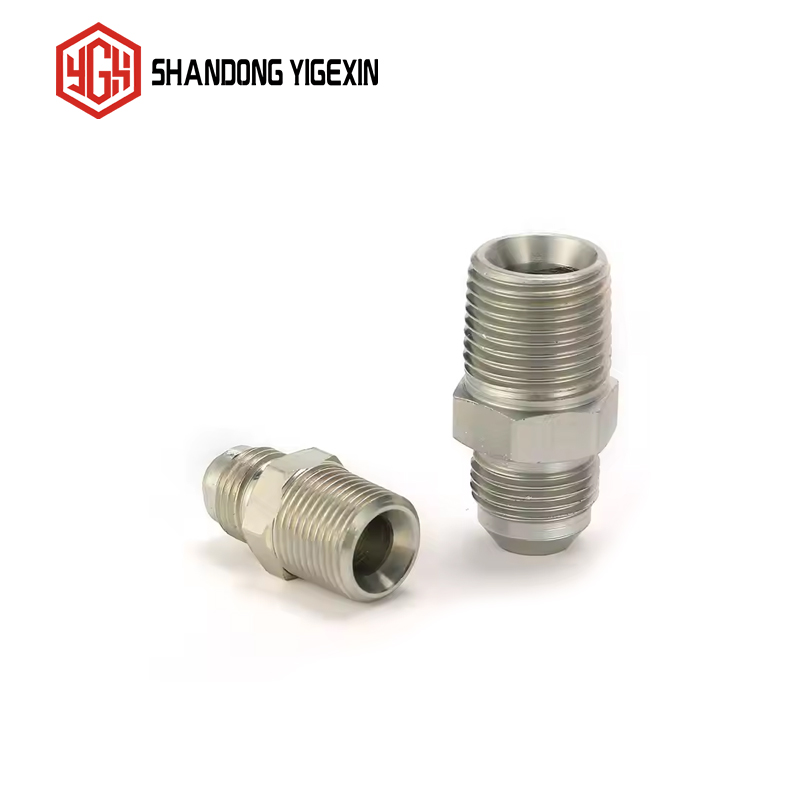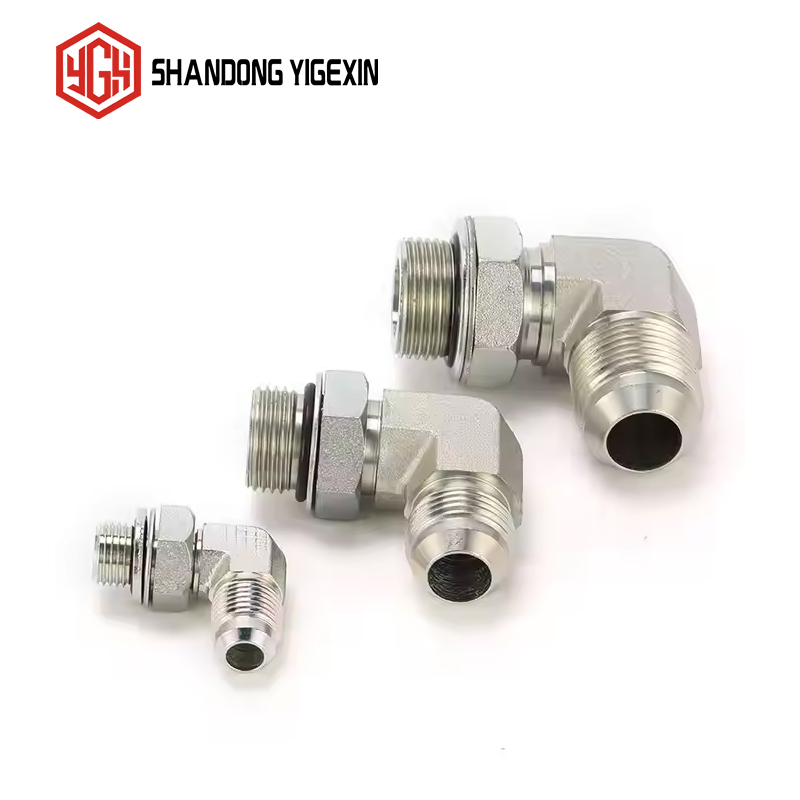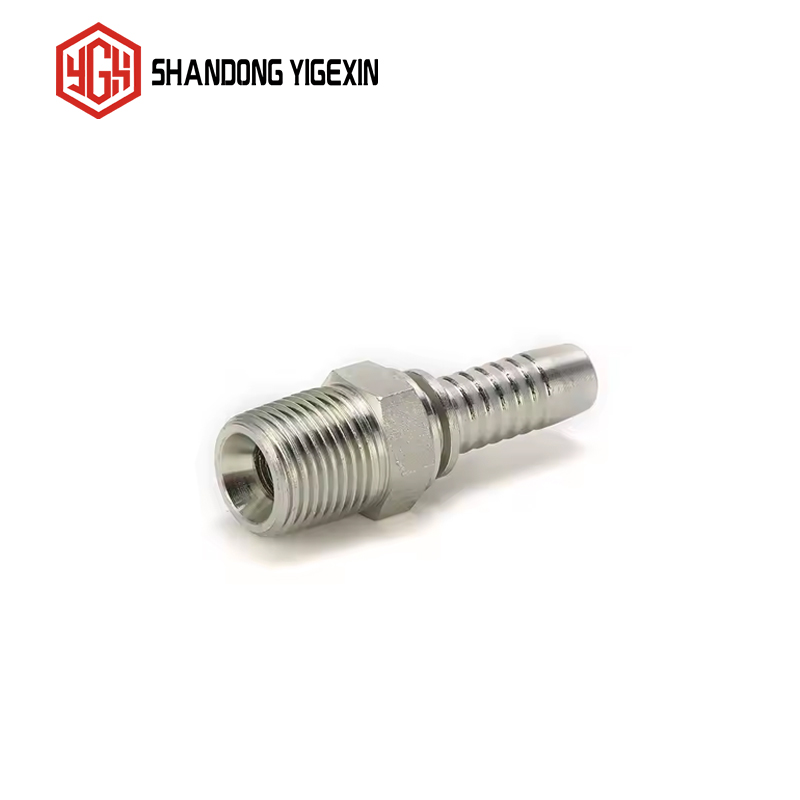Key Components of Hydraulic Accessories: The Backbone of Hydraulic Systems
In the intricate world of hydraulic systems, hydraulic accessories play a pivotal role. And at the heart of these accessories are several key components that ensure the seamless operation of the entire setup.
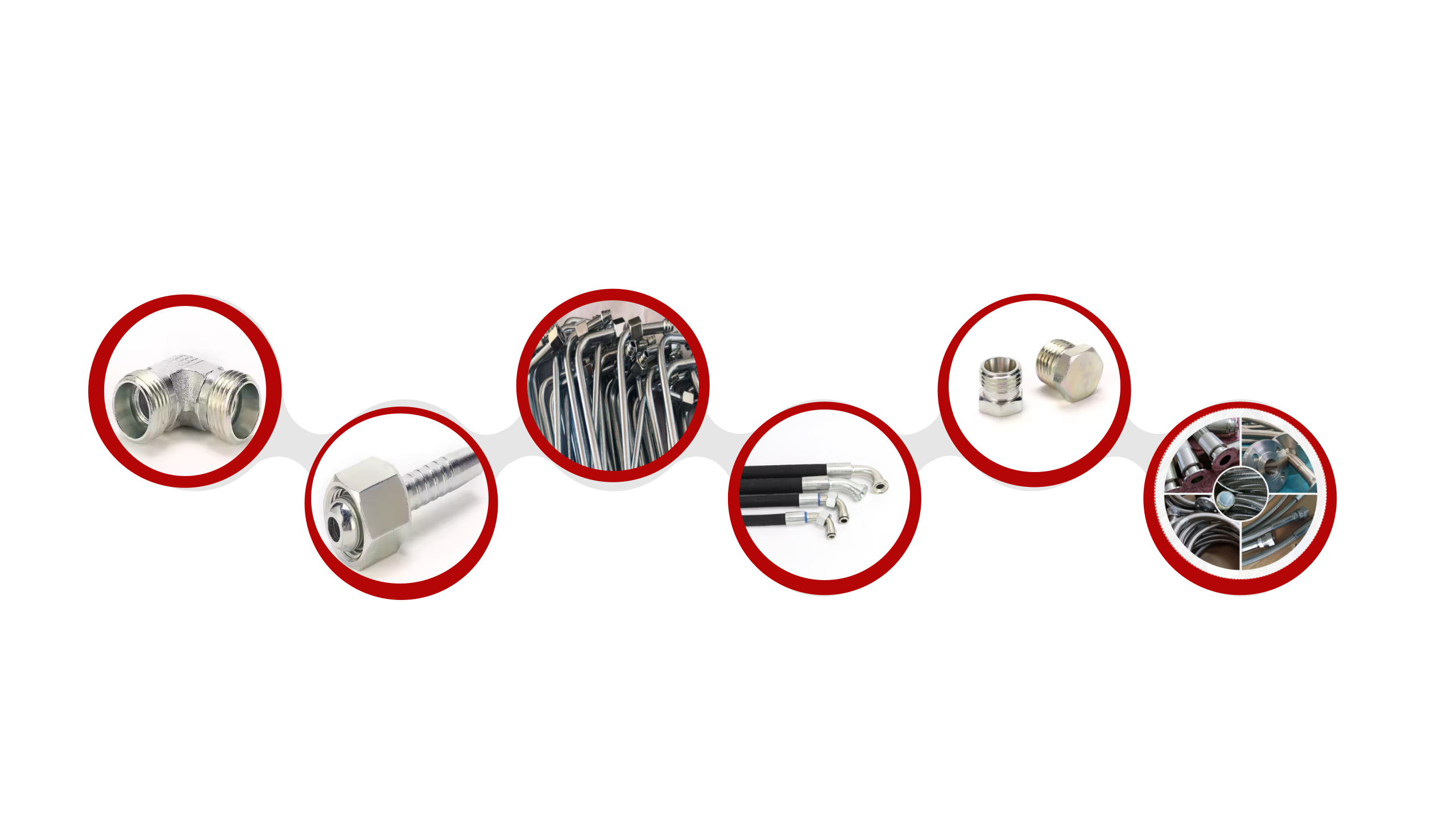
Hydraulic Pumps
Hydraulic pumps are the powerhouses of any hydraulic system. They convert mechanical energy, typically from an electric motor or an engine, into hydraulic energy by creating a flow of pressurized fluid. There are different types, such as gear pumps, vane pumps, and piston pumps. Gear pumps are simple and cost - effective, ideal for applications where moderate pressure and flow rates are required. Vane pumps offer smoother operation and higher efficiency, often used in machine tools. Piston pumps, on the other hand, can generate extremely high pressures and are commonly found in heavy - duty industrial equipment like hydraulic presses.
Valves
Valves are crucial for controlling the flow, pressure, and direction of the hydraulic fluid.
Directional Control Valves: These valves determine the path that the fluid takes within the system. For example, a simple two - way valve can either allow or block the flow of fluid, while more complex multi - way valves can direct the fluid to different parts of the system, enabling functions like extending and retracting hydraulic cylinders.
Pressure Control Valves: They regulate the pressure within the hydraulic system. Relief valves, a common type of pressure control valve, open when the pressure exceeds a pre - set limit, diverting the fluid back to the reservoir to prevent damage to the system components. Pressure reducing valves, as the name implies, reduce the pressure of the fluid in specific sections of the system.
Flow Control Valves: These valves manage the rate of fluid flow. By adjusting the orifice size through which the fluid passes, flow control valves can precisely control the speed of hydraulic actuators, such as cylinders and motors.
Hydraulic Cylinders
Hydraulic cylinders are the actuators that convert hydraulic energy into linear mechanical motion. They consist of a cylindrical barrel, a piston, and a rod. When pressurized hydraulic fluid enters one side of the piston, it creates a force that pushes the piston and, in turn, the attached rod. Hydraulic cylinders are used in a wide range of applications, from the lifting arms of construction equipment like excavators to the clamping mechanisms in manufacturing presses.
Hoses and Fittings
Hydraulic hoses and fittings are responsible for transporting the pressurized hydraulic fluid between different components. Hoses need to be flexible yet strong enough to withstand high pressures. They are made from materials such as synthetic rubber reinforced with steel wire braids. Fittings, on the other hand, ensure leak - free connections between hoses and other components. Different types of fittings, like compression fittings, flare fittings, and O - ring face seals, are used depending on the application requirements and the type of hose.
In conclusion, these key components of hydraulic accessories work in harmony to create a reliable and efficient hydraulic system. Understanding their functions and characteristics is essential for the design, maintenance, and troubleshooting of any hydraulic - powered equipment.
